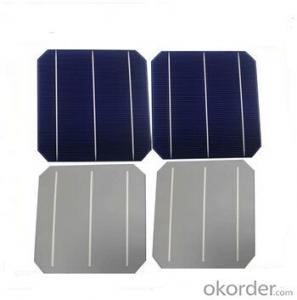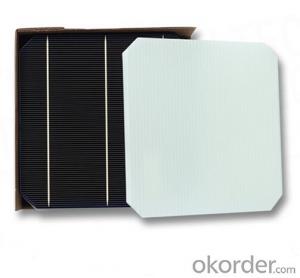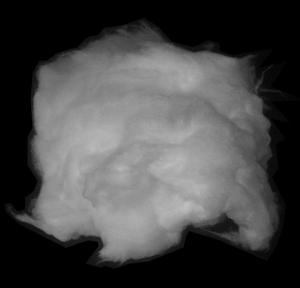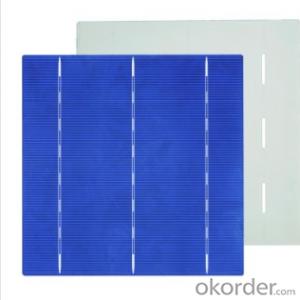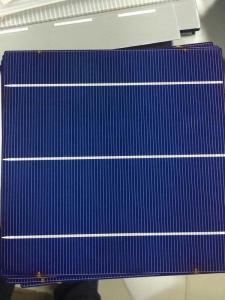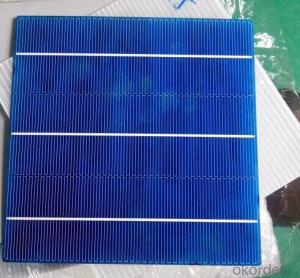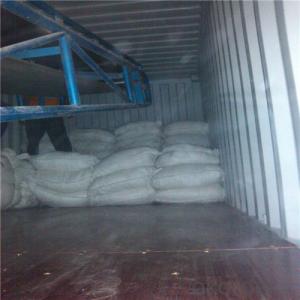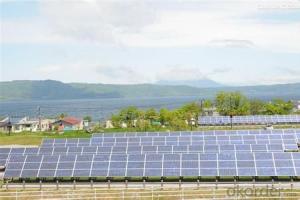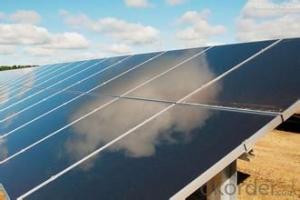Bulk Solar Cells Surplus
Bulk Solar Cells Surplus Related Searches
Except For Solar Cells Weegy Problems With Solar Cells High Power Solar Cells Light Trapping In Solar Cells High Performance Solar Cells High Output Solar Cells High Wattage Solar Cells Energy Transfer In Solar Cells High Efficiency Hvac Systems Recombination In Solar CellsHot Searches
Cheap Solar Cells For Sale Flexible Solar Cells For Sale Q Cells Solar Panels For Sale Printed Solar Cells For Sale Bulk Solar Cells For Sale 6x6 Solar Cells For Sale Broken Solar Cells For Sale Cpv Solar Cells For Sale Photoelectric Cells For Sale Price Of Silicon Solar Cells Price Of Solar Cells Over Time Buy Solar Cells From China Cheap Solar Cells China Best Type Of Solar Cells Flexible Solar Cells Price Q Cells Solar Panels Price 3 Types Of Solar Cells Production Of Solar Cells Common Types Of Solar Cells Q Cells Solar Panel PricesBulk Solar Cells Surplus Supplier & Manufacturer from China
Okorder.com is a professional Bulk Solar Cells Surplus supplier & manufacturer, offers integrated one-stop services including real-time quoting and online cargo tracking. We are funded by CNBM Group, a Fortune 500 enterprise and the largest Bulk Solar Cells Surplus firm in China.Hot Products
FAQ
- What is 3d solar cell? And anybody know any manufacturers?
- 3d solar cell is 3-dimensional silicon solar cell, which is is designed to maximize the conversion of sunlight into electricity.
- The role of monitoring systems in solar cell systems is to gather real-time data on the performance and efficiency of the solar cells. These systems help in identifying any issues or malfunctions in the system, allowing for prompt maintenance and repairs. Monitoring systems also provide valuable insights into the energy production, consumption, and overall system health, enabling optimization of solar power generation.
- Yes, solar cells can be integrated into building materials. Building-integrated photovoltaics (BIPV) is a growing trend where solar cells are embedded into roofing materials, windows, facades, and other building components. This integration allows for the generation of electricity while maintaining the aesthetics and functionality of the building.
- The impact of wind on solar cell efficiency is generally minimal. While wind can cause slight vibrations or movements in solar panels, it does not significantly affect the overall efficiency of the cells. The main factors that influence solar cell efficiency are the angle and orientation of the panels towards the sun, as well as the amount of sunlight received.
- Silicon is a crucial component in solar cells as it acts as a semiconductor material that can convert sunlight into electricity. When exposed to sunlight, silicon absorbs photons, which in turn excite the electrons, allowing them to flow and generate an electric current. It also forms the basis of the p-n junction, an essential structure within solar cells that separates the positive and negative charges, facilitating the flow of electricity. Overall, silicon's properties make it ideal for harnessing solar energy and converting it into usable electricity.
- Yes, solar cells can be used in museums. They can be used to power various devices and lighting within the museum, reducing reliance on traditional energy sources and contributing to a more sustainable and environmentally friendly operation. Additionally, solar cells can be integrated into the design of museum buildings, providing a visually appealing and efficient way to generate renewable energy.
- Yes, solar cells can be used in disaster recovery efforts. They are a reliable and sustainable source of energy that can provide electricity to power essential devices and equipment in disaster-stricken areas. Solar cells can be used to charge communication devices, provide lighting, run medical equipment, and support temporary shelters. Their portability and ability to operate off-grid make them particularly valuable in situations where traditional power sources are disrupted or inaccessible. Additionally, solar cells can contribute to reducing the reliance on fossil fuels during recovery efforts, promoting a cleaner and more sustainable path towards rebuilding communities affected by disasters.
- Solar cells are connected in a solar panel through a series of electrical connections called interconnects. These interconnects form a circuit that allows the flow of electrons between the individual solar cells, ensuring that the electrical current generated by each cell is combined to produce a higher voltage and power output.


















